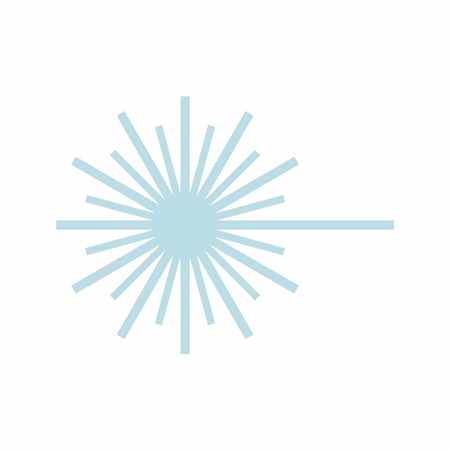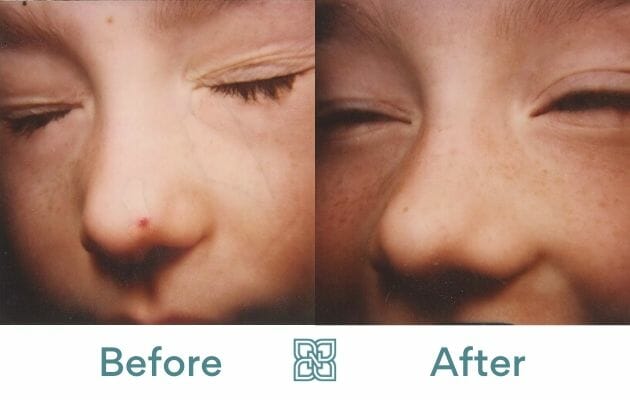Angiomas


These are benign blood vessel tumors and the two common types are cherry angiomas and spider angiomas. Both are very common and are exacerbated by exposure to sunshine and hormones.

They can look like little red dots on the skin or little red bumps on the skin. If desired, they can be treated with laser although they can be left because they are completely benign.
Cherry angioma
Cherry angiomas are also known as Campbell de Morgan spots and may appear anywhere over the body and tend to appear with age. Cherry angiomas vary in size from tiny red dots, about the size of a pin-head, to larger and thicker, red-purple spots. Some people will have one or two spots, whereas others may have hundreds.
They may appear in showers where 20 – 30 spots surface overnight.
Spider angioma
Spider angiomas are sometimes called spider nevi (or nevus araneus) and have a central pin point red spot with tiny capillaries spreading out from it similar to spider’s legs or a spider’s web. Spider angiomas can also appear anywhere over the body and can occur at any age from childhood to adulthood. They can arise in 10-15% of normal, healthy adults and children. However, having more than three spider nevi may suggest increased levels of estrogen, which can arise as a result of pregnancy and oral contraceptive use, or as a result of liver disease.

Treatment of cherry angiomas & spider angiomas
Neither cherry angiomas nor spider angiomas are typically of any medical concern. If a patient finds these to be cosmetically unacceptable, spider nevus and cherry angioma removal is simple using a vascular removal laser such as the V Beam pulsed dye laser. This may leave a small bruise temporarily but once the bruise dissipates, the lesions are usually completely gone. The bruise appears following treatment because the laser disrupts the walls of the blood vessel. As a result, the remaining blood leaks out into the skin. Once the bruise dissipates, the angioma is gone. Occasionally, large cherry angiomas are treated effectively with a carbon dioxide resurfacing laser.
Before and After Laser Photos


What is a pulsed dye laser?
There are a range of lasers and light treatments that are used to treat blood vessels. These include KTP lasers, pulsed dye lasers, Nd:YAG lasers, and intense pulsed light (IPL).
Pulsed dye lasers are the current gold standard with the greatest amount of published evidence supporting its use in many types of blood vessel conditions, including angiomas.
Pulsed dye laser is a laser that emits light from a rhodamine dye solution. This light targets oxyhemoglobin in red blood cells.
